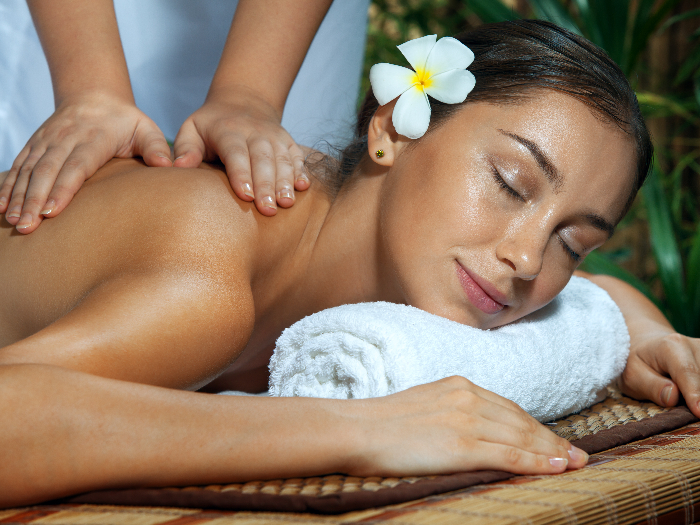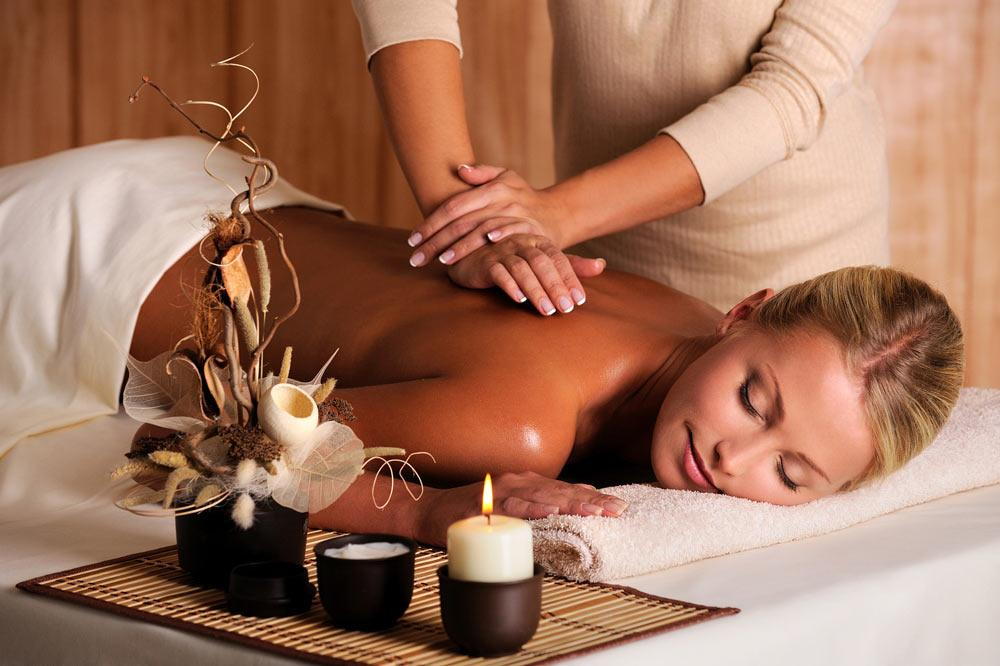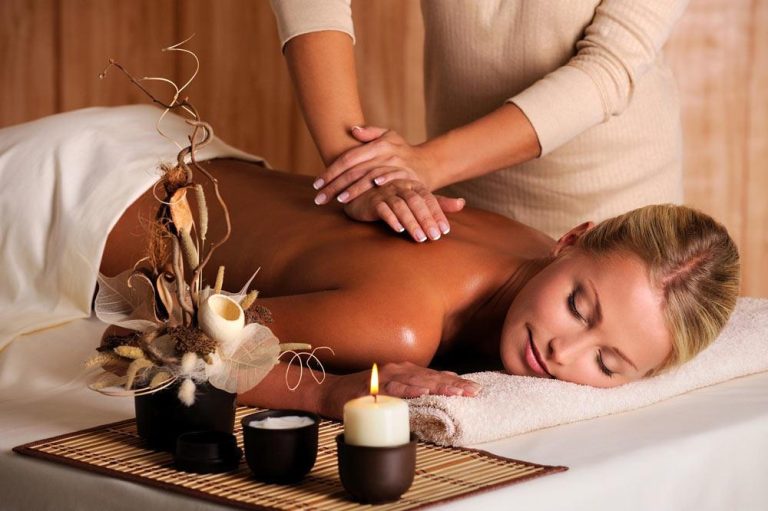
What is a Swedish Massage
What is a Swedish Massage? A Comprehensive Guide on Techniques, Benefits and More
Swedish massage is one of the most popular and well-known massage techniques. It involves a series of movements and techniques that work the deeper layers of muscle to promote relaxation, improve circulation, relieve muscle tension and create an overall sense of well-being.
If you’ve never experienced the benefits of Swedish massage, you may be wondering what exactly sets it apart from other types of massage. Read on for a comprehensive overview of what a Swedish massage is, the techniques involved, its many benefits and what to expect during a treatment.
What is a Swedish Massage?
A Swedish massage is a full-body therapeutic massage that uses a series of gentle gliding strokes combined with kneading motions to boost circulation and relax the muscles. Along with the effleurage and kneading techniques, tapping, vibration, friction and joint movements may also be used during a Swedish massage.
The overarching goal of Swedish massage is to relax the entire body by loosening tight muscles, breaking up muscle knots, stimulating circulation and easing tension. Besides creating a peaceful, relaxed state, the increase in oxygen flow that occurs with this type of therapeutic massage can help reduce stress, remove waste products from tissues, lower blood pressure levels and promote healing.
It is called Swedish massage because it was developed by a Swedish physiologist, Henri Peter Ling in the 19th century. However, the techniques used in a modern-day Swedish massage were actually not part of Ling’s system. The Frenchman, Dutchman and Dane who traveled to study Ling’s methods introduced their own styles and techniques to Swedish massage over time.
Regardless of its origins, Swedish massage continues to be one of the most soothing massage techniques. It is an ideal choice for those new to massage and those whose main goal is relaxation.
Techniques Used in a Swedish Massage
There are five main techniques used in Swedish massage:
Effleurage: Long, gliding strokes using the hands or forearms. Effleurage movements are generally the first techniques used at the start of a Swedish massage. They warm up the muscles and gently transition between the various strokes.
Petrissage: A kneading movement to lift, squeeze, and roll the skin using the fingers, thumbs and palms. Petrissage techniques help stimulate circulation and break up knots.
Friction: Small, deep, circular movements applying pressure using the thumbs or fingertips. Friction helps release muscle adhesions and scar tissue to work out knots.
Tapotement: A rhythmic tapping done with the edge of the hand, called hacking. Or briskly chopping with the hands open, known as clapping. Tapotement techniques can help stimulate and energize muscles.
Vibration: Applying fine, trembling motions by gently shaking the hands on the skin. This causes muscles to contract and relax.
The massage therapist may also utilize these secondary techniques:
Rocking: Gentle pivoting motions using the palms of the hand or arm to sway the body. Rocking techniques are often used to open a massage session as they have a centering effect.
Joint Movements: The massage therapist will gently guide joints through their range of motion to stretch them and keep them mobile. Shoulder, neck, knee and elbow joint movements are often incorporated.
In general, a massage follows a specific ordered progression using these strokes. The massage typically starts with broad, soothing effleurage strokes to warm up the muscles. Petrissage kneading motions are then introduced to work the muscles deeper. Tapotement and friction can further target any problem areas to work out knots. Effleurage is used again at the end to relax the muscles smoothly.
Expected Pressure
The level of pressure during a massage can vary depending on personal preferences and the client’s comfort level. However, the overall pressure is generally described as:
- Light to medium
- Thumb and elbow pressure, not fingers or forearms
- Stimulating, but not aggravating
The strokes are also applied in the direction of blood flow back to the heart. The massage therapist pays close attention to cues like muscle tension or contracted areas versus relaxed muscles to determine if more or less pressure is needed. Communication is very important, so always let your massage therapist know if the level of depth is not to your liking.
Benefits of Swedish Massage
Some of the many benefits of Swedish massage include:
- Alleviating muscle tension and soreness
- Increasing flexibility and range of motion
- Stimulating circulation to aid nutrient and oxygen flow to muscles
- Easing everyday stresses and encouraging relaxation
- Lowering heart rate and blood pressure
- Improving energy levels
- Boosting immunity
- Reducing headaches and eyestrain
- Promoting deeper sleep
The increase in blood flow that occurs with massage delivers greater levels of oxygen while flushing out lactic acid from the muscles. This aids recovery after exercise and helps prevent a build-up of toxins which can lead to fatigue and pain.
In addition to the physical benefits, the relaxation induced by a Swedish massage can also provide psychological benefits such as:
- Reducing anxiety and depression
- Improving ability to concentrate
- Lessening emotional outbursts
- Decreasing feelings of anger and hostility
By lowering cortisol and other stress hormone levels through triggering the relaxation response, massage can leave you feeling calmer and better equipped to handle daily stressors.
:max_bytes(150000):strip_icc()/GettyImages-1175433234-034014dc5b9c45edaeaf04c7b80ceafc.jpg)
What to Expect During a Swedish Massage
Wondering how a standard Swedish massage treatment will go? Here is a step-by-step explanation of what to expect:
Consultation
You’ll have a brief discussion with your massage therapist about your health history, areas of concern and desired pressure levels. This will help ensure the massage is safe and addresses your personal needs.
You’ll Then:
- Remove clothing down to your comfort level and lie on the massage table under a sheet
- Discuss any areas of focus with your therapist, such as tight shoulders or sore lower back
- Specify any spots you do not want massaged, like injuries or sensitive zones
- Make adjustments during the session if needed – for example, requesting less or more pressure
Your massage therapist will begin by lightly working their hands over your body to become acquainted with your musculature. Once the muscles are warmed up, the therapist will use a combination of strokes and techniques personalized for you. Swedish massage is very adaptable and flowing.
For a full-body treatment, you will turn over at least once during the session to ensure your back, glutes, legs and feet are also massaged. Sidelying positions may also be used to target the shoulders, hips and legs from different angles.
Throughout the massage, communication is encouraged. Let your massage therapist know if you feel any discomfort. You can also specify certain areas you would like them to focus extra time on if needed.
Wrapping Up
Toward the end of the session, the therapist will gradually lighten up on pressure while using calming effleurage to relax the body again. Afterwards, they may do gentle stretches to enhance flexibility as you transition back to a fully awake state.
Many people feel pleasantly groggy after a Swedish massage since relaxation is often achieved. Take your time gradually becoming active again. Be sure to drink plenty of water to remain hydrated as well.
The standard duration for a full-body Swedish massage is 60 or 90 minutes, but 30-minute sessions are also available for targeting specific problem areas. Maintenance sessions every week or two are ideal for sustaining the benefits. Swedish massage can be incredibly nourishing for both body and mind when practiced regularly.

Is Swedish Massage Right for You?
Swedish massage is suitable for just about everyone since it is so gentle. It can be a great introduction for those new to massage therapy. However, there are some circumstances where it may not be appropriate.
You should avoid Swedish massage if you have:
- Deep vein thrombosis
Infectious skin conditions
High fever or illness
Recent surgery or fractures
Cancer or tumors
Pregnant women can benefit from massage but certain adjustments should be made by the therapist. Those with medical conditions should also consult their doctor before booking a Swedish massage.
Conclusion
Swedish massage is a gentle full-body treatment that stimulates circulation, eases muscle tension and promotes deep relaxation. Its flowing gliding strokes relax the body while the kneading motions target deeper musculature to ease knots and tightness. Regular sessions offer both physical and mental benefits to restore well-being. With proper communication and an experienced massage therapist adjusting pressure and techniques, Swedish massage can benefit most people.



